9 beetroot growing mistakes to avoid if you want to eat the best beets
Get wise to the classic beetroot growing mistakes as our experts reveal how you can keep your beets sweet
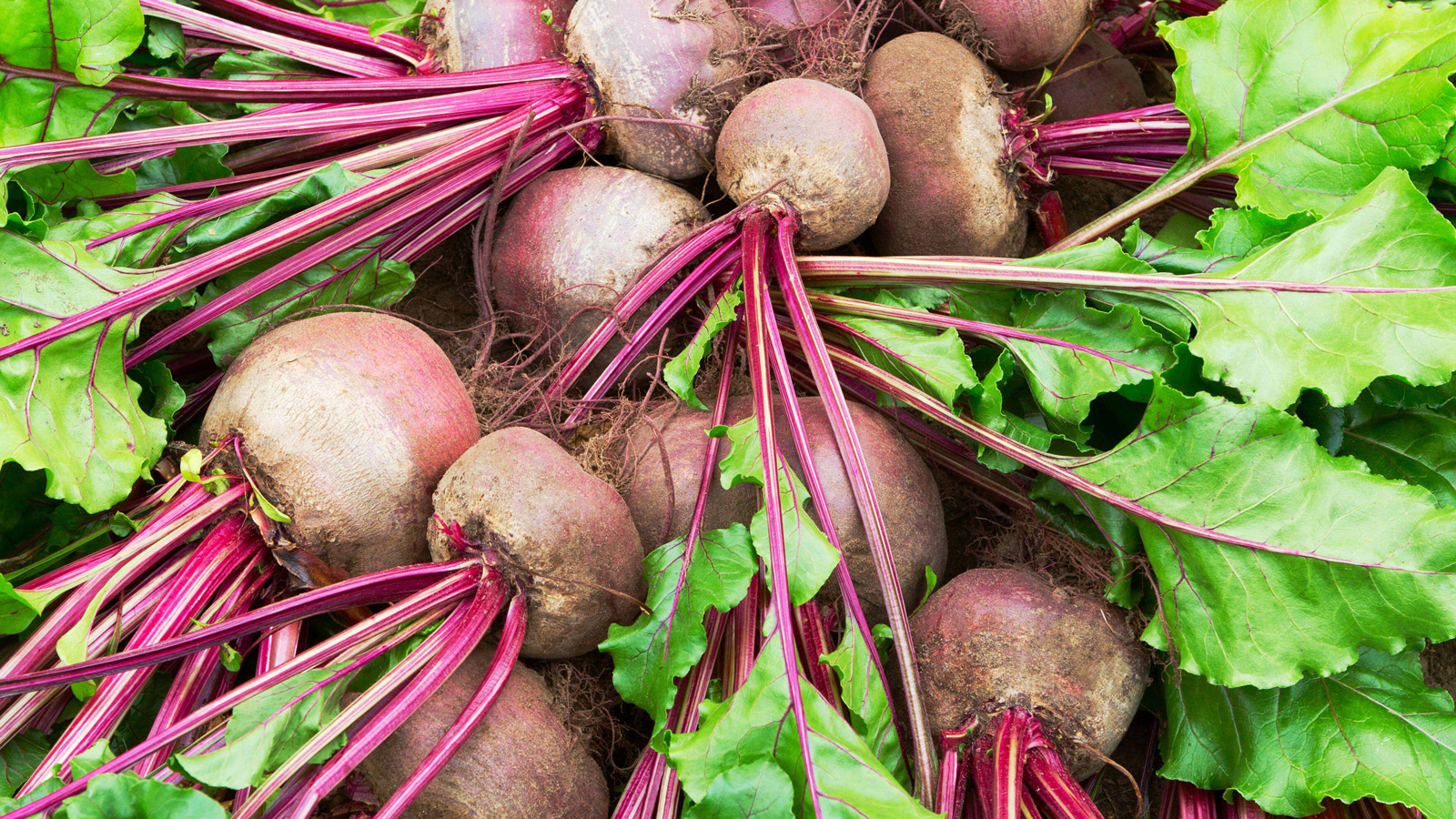
- 1. Sowing or planting beetroot too soon
- 2. Sowing or planting beets when it’s too hot
- 3. Growing beets in the wrong place
- 4. Not thinning your crops
- 5. Not watering beets properly
- 6. Forgetting to weed
- 7. Growing beets with the wrong plants
- 8. Ignoring beet pests and diseases
- 9. Incorrectly harvesting beets
- FAQs

Beetroot growing mistakes are more common than you might think. This is sure to be a relief for anyone who’s been told how easy beets are to grow. And yes, they do have the potential to be versatile, quick-maturing, perfect for small plots and capable of extremely long seasons of growth. If you cultivate and harvest them correctly, they can be enjoyed from the height of summer through to the depths of winter.
However, that doesn’t mean they are trouble-free. They might not be as fussy as brassicas or corn, or as sensitive as asparagus. But they can easily fail if you cut corners, skimp on the basics or kill them with kindness.
Rushing at critical stages or being careless with locations, timings and cultivation when you learn how to grow beets can be your downfall. But fear not: just avoid the classic beetroot growing mistakes on our list, and you won't have to worry.
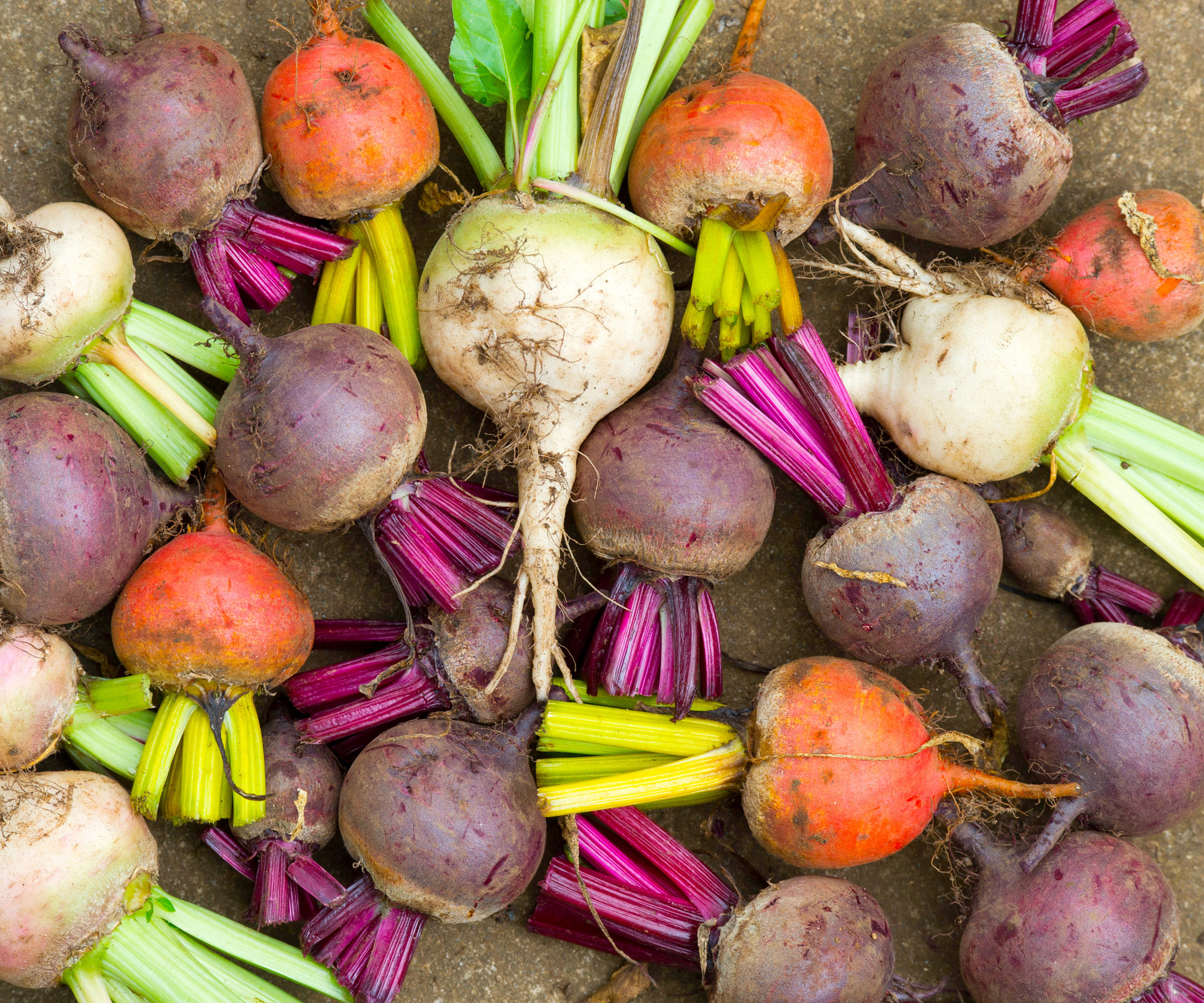
It’s easy to focus on the range of varieties but don’t cut corners when it comes to growing beets right
The most common beetroot growing mistakes
Because beetroots have a reputation for being some of the easiest vegetables to grow, many gardeners spend more time pondering over which variety to choose than how to grow them right. But a few sensible measures will help you make the most of these crispy crops. Take heed of the lessons learned by others – for better beetroots, guaranteed.
1. Sowing or planting beetroot too soon
You may be so eager to start growing beets that you immediately make one of the biggest beetroot growing mistakes. It’s tempting to sow early, especially when you know what fast-maturing crops they are. However, they only develop quickly if they have access to ample warmth and light, shelter and uniform growing conditions. You’ll throw all that away in a heartbeat if you expose young seedlings to late winter frosts or cold snaps. They won’t germinate at all if conditions aren’t kept warm and regulated.
As you decide when to plant beets, Back to the Roots co-founder Nikhil Arora urges caution. Avoid planting too early in the season to protect plants from frost damage. ‘Wait until the soil temperature reaches 50˚F for optimal germination,’ says Nikhil. Use cloches and cold frames to preheat the ground before sowing (these also keep seedlings safe in the first few weeks). ‘Rigid plastic and glass tunnel cloches are the most insulating,’ says Homes & Gardens veg expert Lucy Chamberlain. ‘Ideally, position over designated beds two weeks before you plan to sow,’ she adds.
For the best beets, sow from April to July. That said, beetroot is one of the best vegetables to grow in a greenhouse if you want to start sowing a little earlier. Just choose varieties that are less likely to bolt (which can happen with some breeds if planted too soon). ‘Sow bolt-resistant varieties such as Boltardy and Action under cloches in mid-March, or sow into modules under cover and transplant out in April,’ says Lucy.
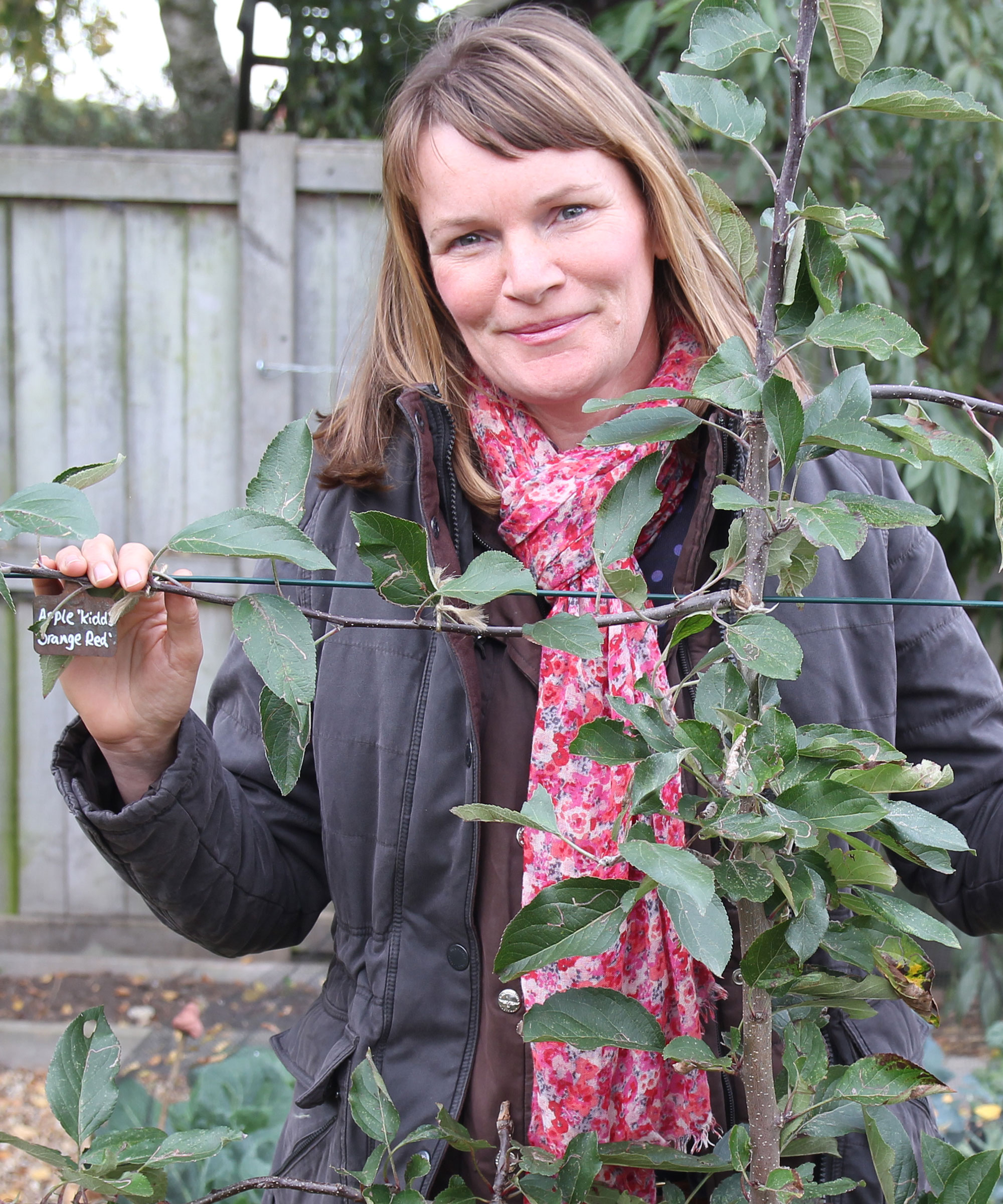
Lucy was a Horticultural Advisor at RHS Wisley and writes regularly for The Garden, Gardeners’ World, The Guardian and Amateur Gardening. She’s also the author of RHS Step by Step Veg Patch, available on Amazon, which covers 50 types of fruit and veg. She loves to sow beetroots successionally from late March under glass to July in situ to ensure the best harvests.
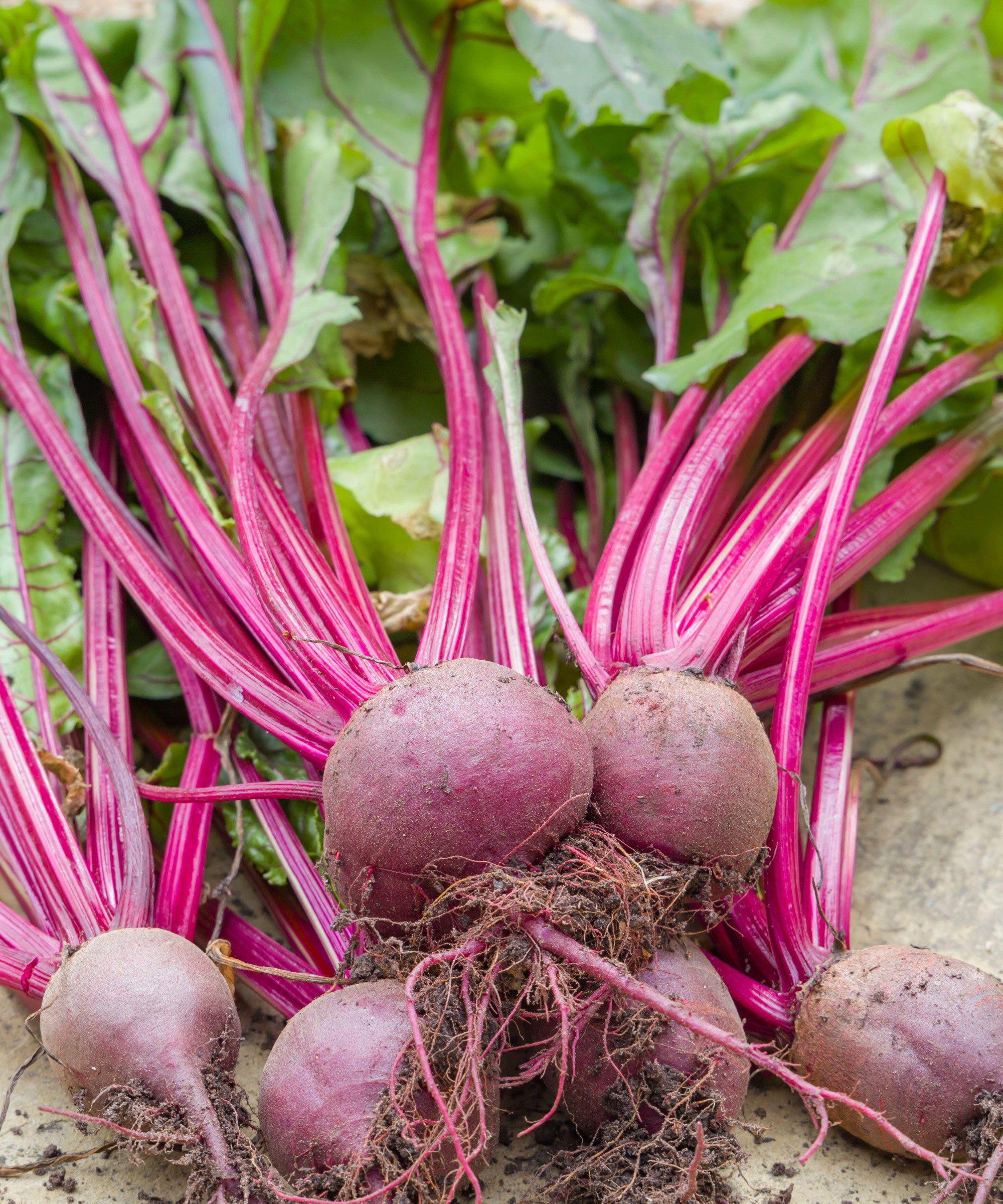
Beetroots like ‘Boltardy’ are very tolerant of extremes in weather, which makes them ideal for early sowings and longer harvests
2. Sowing or planting beets when it’s too hot
While it is important not to sow beetroot while soil temperatures are too low and there is a risk of frost, the converse is also true. Beet plants start to struggle if exposed to intense heat for extended periods.
Delicate root systems and emerging leaves are especially vulnerable to scorching, which is why timing is key when starting crops. ‘Beets produce the best quality when grown in the range of 50F-65°F,’ says Tomorrow Seeds growing expert Florence.
These crops are actually ‘cool-season’ crops and have the strongest phases of growth in early and late summer. They aren’t comfortable if temperatures exceed 80˚F early on. Just as they are inclined to bolt if exposed to extreme heat when established, they are prone to wilting and stunted growth if they get too hot, too soon.
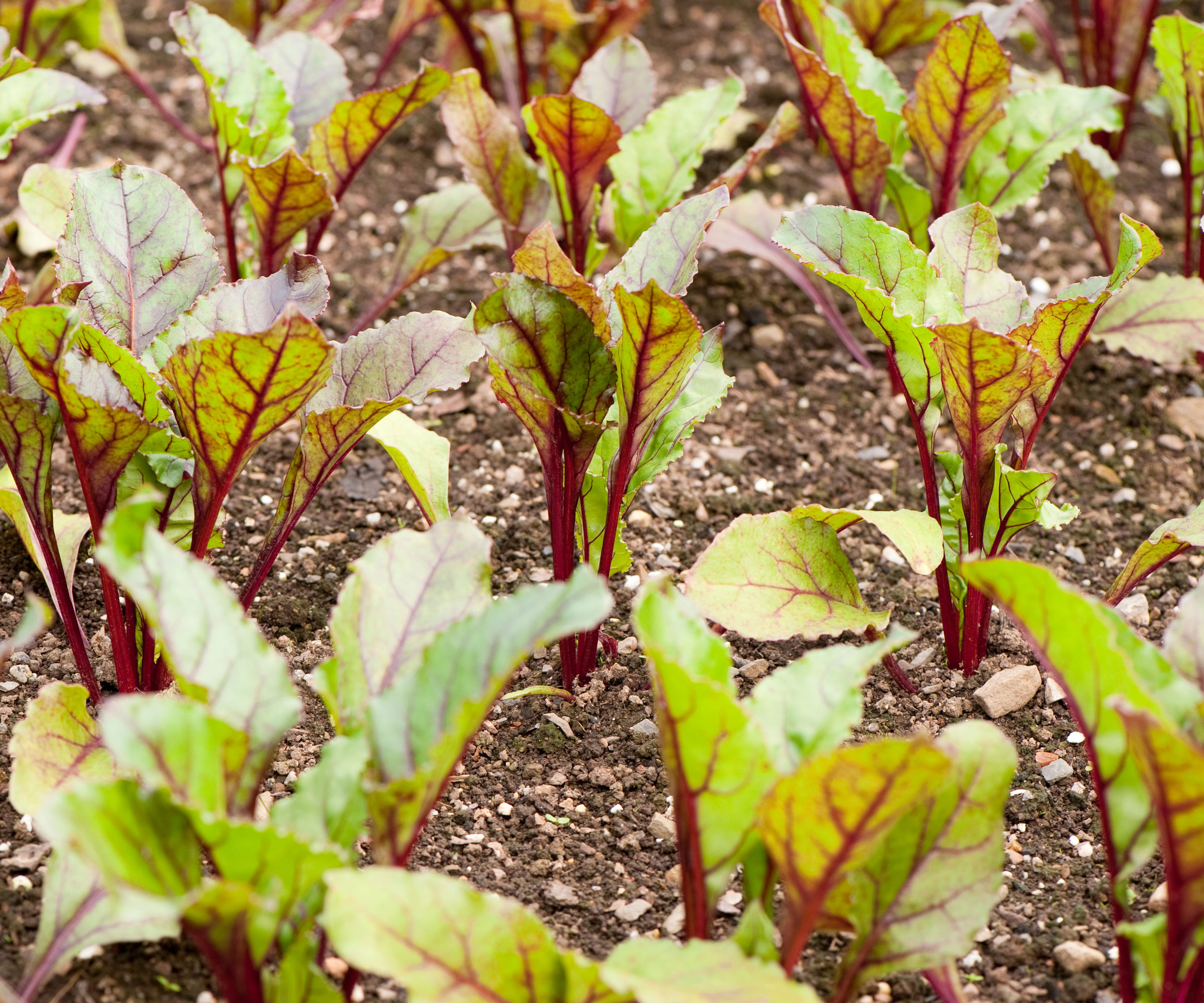
Beets need plenty of sunshine to thrive, but provide access to shade covers on really hot days and add a mulch so the ground doesn’t dry out
3. Growing beets in the wrong place
Although beetroots cope well in a variety of soils, they are not likely to flourish or yield generously in poor earth, compacted clay-based soils or parched ground. You will get better beets in loose fertile, sandy and loamy soils. Nikhil Arora advises choosing a well-draining soil for optimal growth. Rake over the soil a few weeks before sowing or planting in order to loosen up the earth. This will also help to remove any stones or chunks of debris that could impede root growth or lead to misshapen beetroots.
Add well-rotted garden compost or aged organic matter prior to planting. Garden expert Rebecca Boyar at West Coast Seeds also recommends a low-nitrogen fertilizer for beets to support and encourage root development (higher nitrogen content can be introduced later if you want to boost leaf production).
The best beets benefit from at least six hours of sunshine a day. They do well in an east, west or south-facing garden, though partial shade helps on hot days. Check soil pH, which needs to be 6-7.5 (neutral or slightly acidic). And if you are moving out seedlings started indoors, harden them off for a week first so they toughen up their leaf layers.
If you are sowing direct outdoors, Homes & Gardens gardening expert Ruth Hayes recommends sowing thinly into one-inch deep drills. Alternatively, if you are looking to incorporate beetroot into your container gardening ideas, sow thinly into large pots of dampened multi-purpose compost that has been enriched with fertilizer, she says.
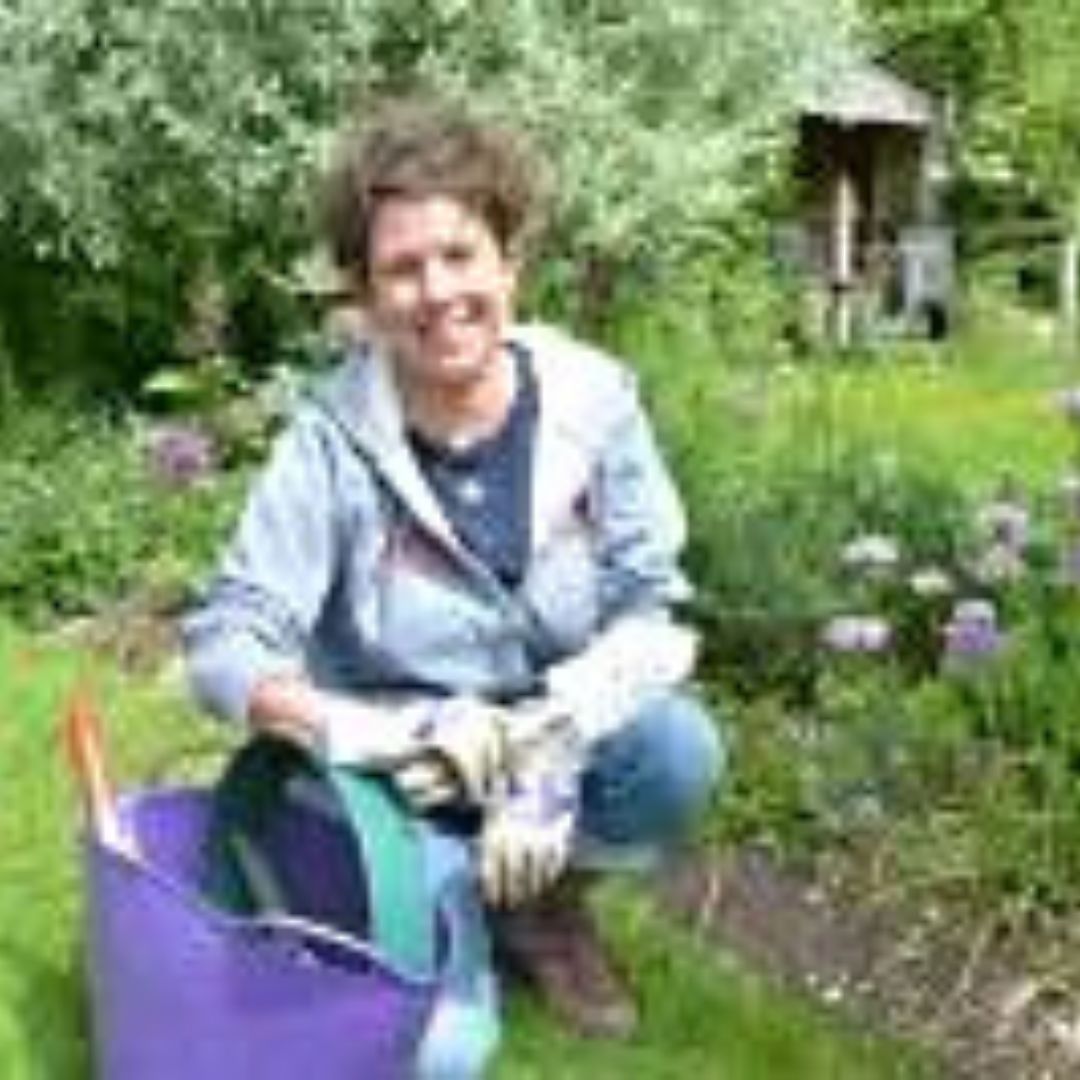
Ruth is horticulturally trained and has qualifications from the Royal Horticultural Society. She spends her days writing about key gardening jobs, and has enjoyed years of success sowing beetroots both direct into the ground and in large pots.
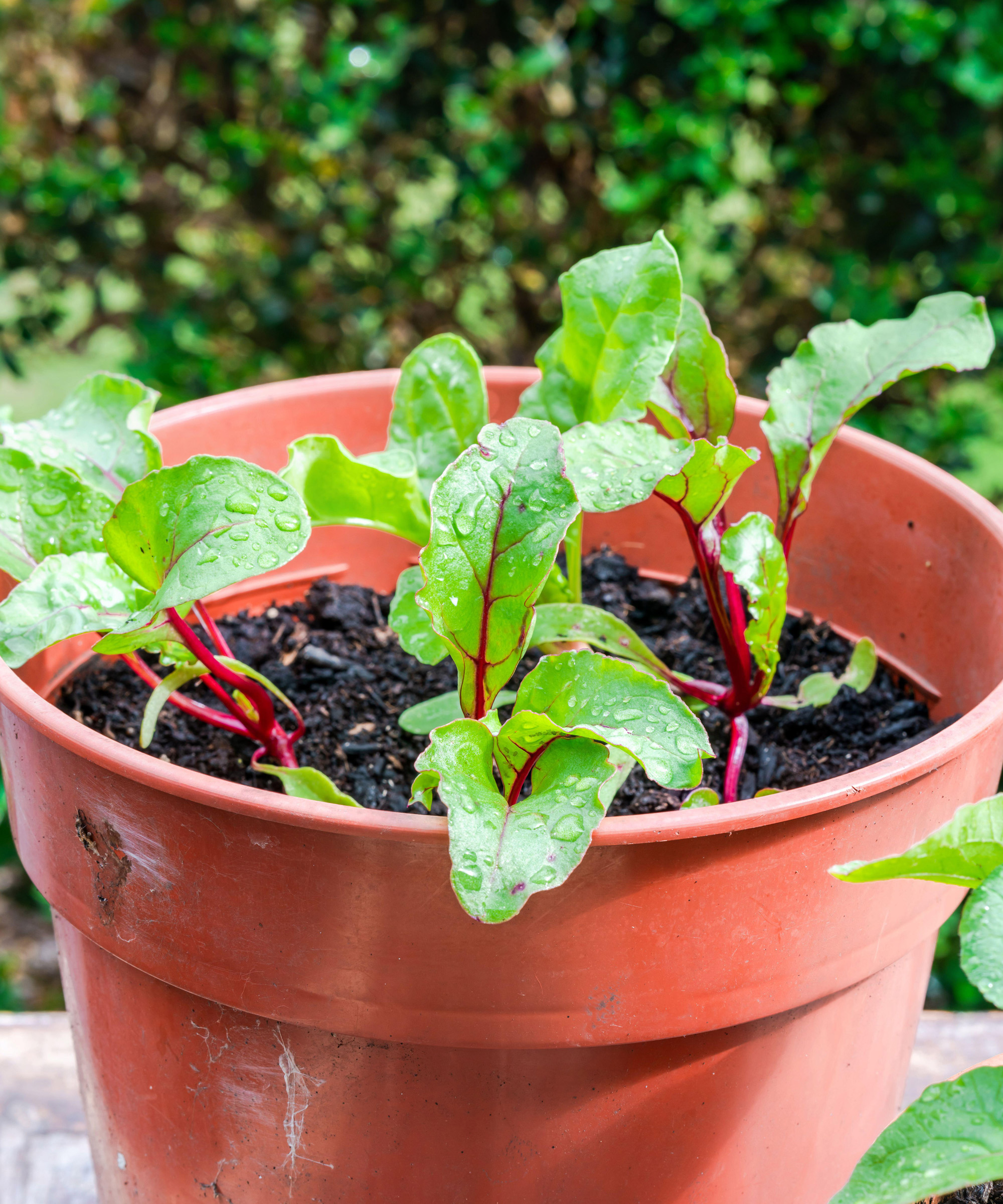
Beetroots are strongest if sown direct in the ground or in large containers as being transplanted can disturb delicate roots
4. Not thinning your crops
Perhaps the biggest beetroot growing mistake you can make is to leave every seedling you grow in place, in the hopes of a bigger yield. It doesn’t work that way: more likely, you’ll wind up with smaller or meagre harvests.
‘Planting density is the most important factor when achieving the best size and shape,’ says Florence. ‘High densities yield a high number of small beets, while low densities yield fewer larger beets.’ Yes, beets are great crops for a small vegetable garden, but don’t push your luck and cram in too many. As Florence points out, growing too close together can result in stunting and distortion. ‘Most varieties grow to the best root size when thinned to two or three inches apart,’ she says.
It helps to understand the difference between ‘multigerm’ and ‘monogerm’ varieties (check your seed packet if you are not sure). Multigerm ‘seeds’ are actually clusters of five-six seeds. Depending on how you sow them, this intensifies the pressure on each seedling, increasing the need for thinning. So unless you are growing monogerm varieties like Monoruba, Moneta or Monika, this is a crucial step to success.
‘For better beetroots, focus on quality, not quantity,’ says Lucy Chamberlain. Much the same as when you grow radishes or carrots, thinning seedlings at an inch high means that individual plants aren’t competing for nutrients. Snip the weaker seedlings at the base of the stem so you don’t disturb the root systems of stronger beets. And don’t forget you can eat the thinnings!
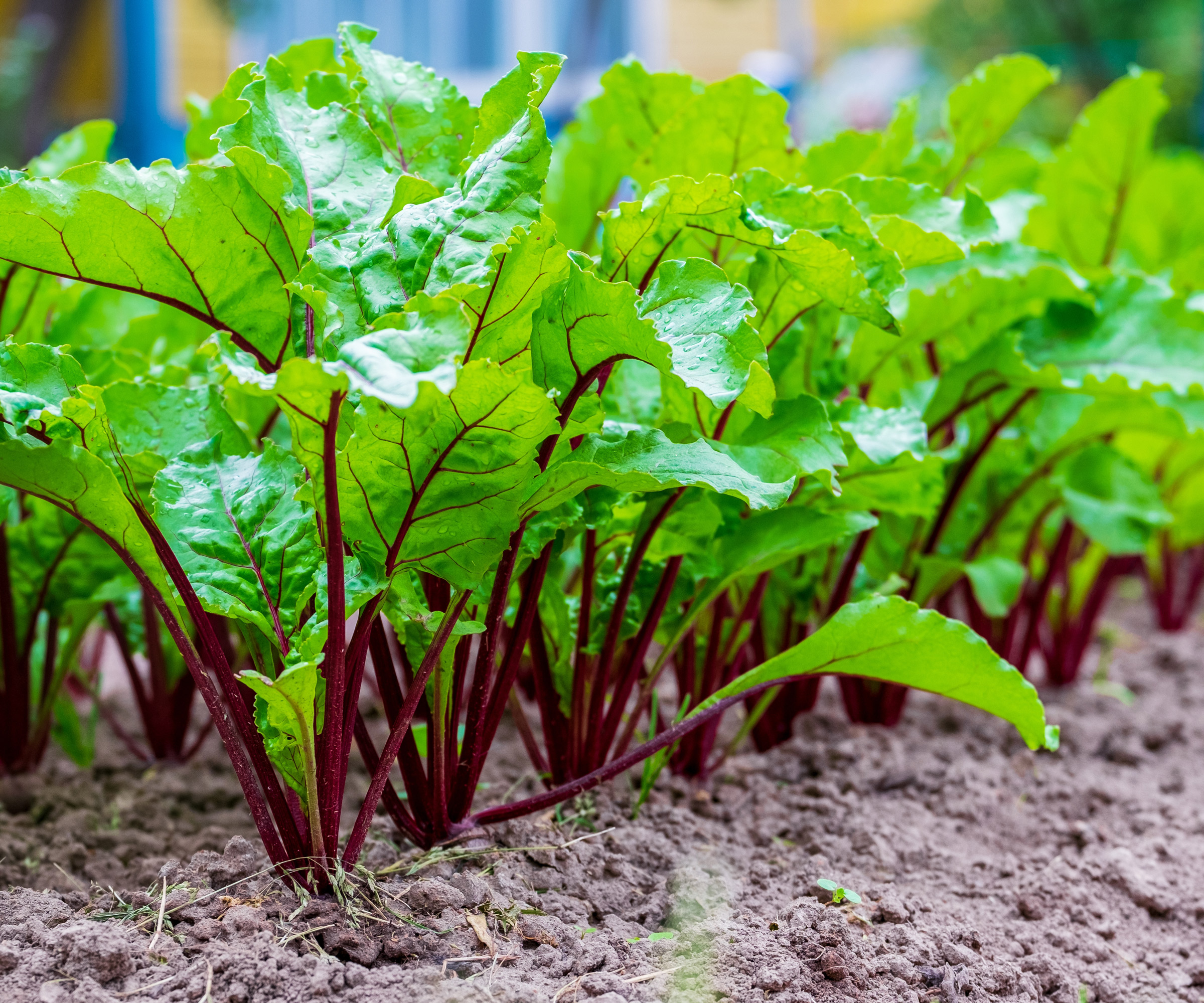
Thinning multigerm beet seedlings helps avoid overcrowding – and you can eat the thinnings
5. Not watering beets properly
One of the biggest vegetable growing mistakes you can make with your beets involves watering. It is said that beetroot taps are essentially 75% water, hence their sustained health and taste relies on continued and generous watering. This isn’t just about having a routine – it’s about being mindful of changing temperatures and growing conditions, and then responding accordingly. Even a few days of dehydration can result in dry or cracked taps – and a week of neglect can mean woody-tasting crops. Also, because beets are so fast to mature, any dip in plant care can quickly have devastating consequences.
To guarantee better beets, keep the earth moist (but not soggy, as this can lead to rots). Check the soil with the tip of a finger to judge moisture at the top level before watering. An inch of hydration is fine per week, but adjust this in dry spells. Aim to hydrate deeply every few days, rather than lightly every day.
‘Frequent, light watering may encourage generous top-growth but small roots,’ says Lucy Chamberlain. Using drip irrigation or a soaker hose is a good way to target the roots and make the roots spread deeper in search of nutrients. Knowing when to water plants is more effective if done in conjunction with a mulching of aged compost to lock in moisture. A balanced liquid feed every two weeks will also help foster the best beets.
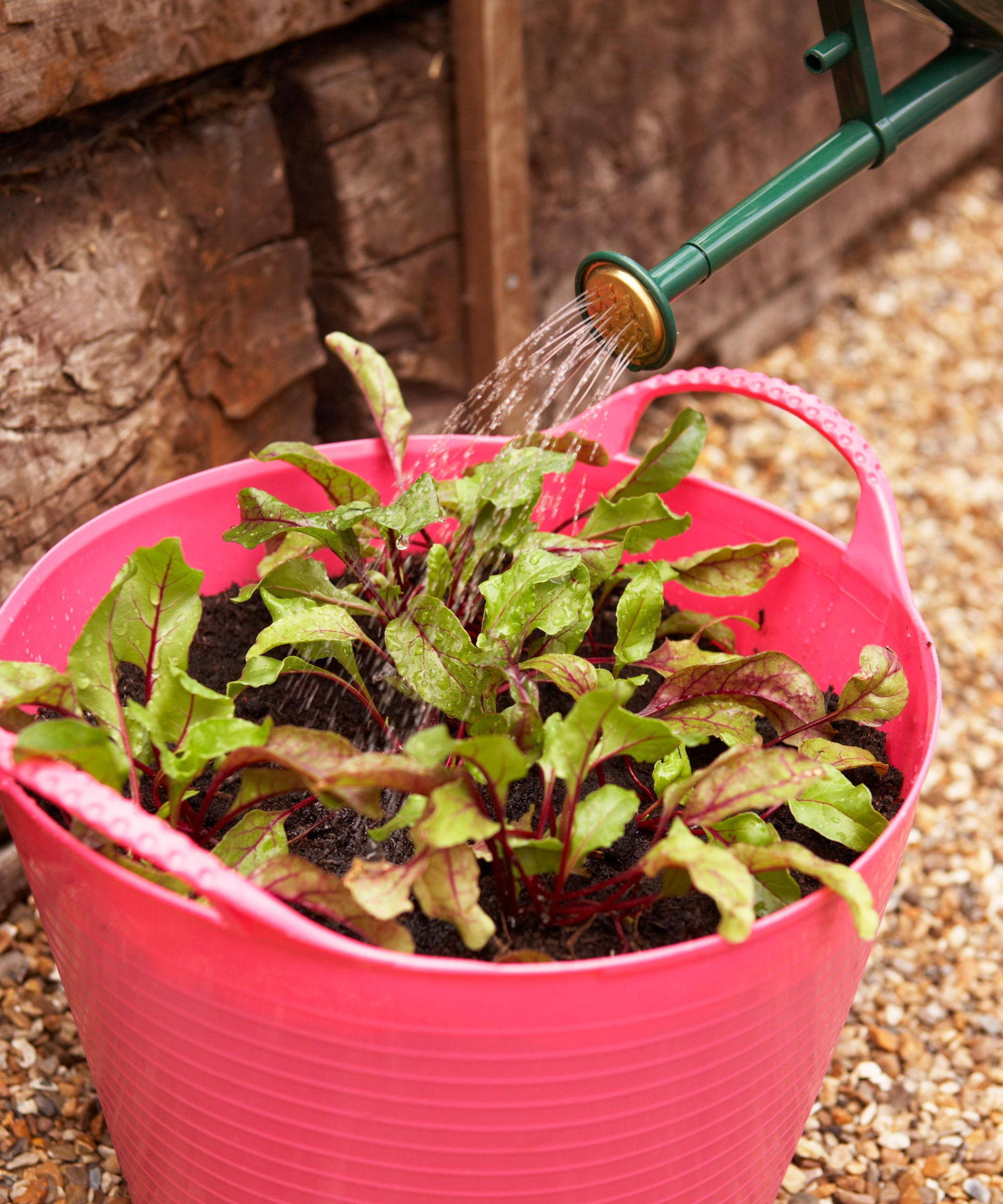
Water deeply, giving at least an inch a week, and more over the drier, hotter weeks
6. Forgetting to weed
One of the biggest mistakes you can make at this point is to sit back and leave your plants to it. Beetroots aren’t overly demanding, but their survival and health rely on continued access to nutrients and good airflow. Your good work will be undone if you ignore any weeds that spring up. It’s important to get rid of weeds without delay as they will move fast to compete for any goodness in the ground. They quickly suffocate plants, slowing down growth and preventing root development, which can have massive implications in such a fast-maturing crop as a beet.
Expert Ruth Hayes reveals the ‘key to keeping on top of weeds is to do little and often’ and advises running a hoe blade over vegetable beds every week. ‘This is better than forking and digging as it doesn’t activate buried weed seeds,’ says Ruth.
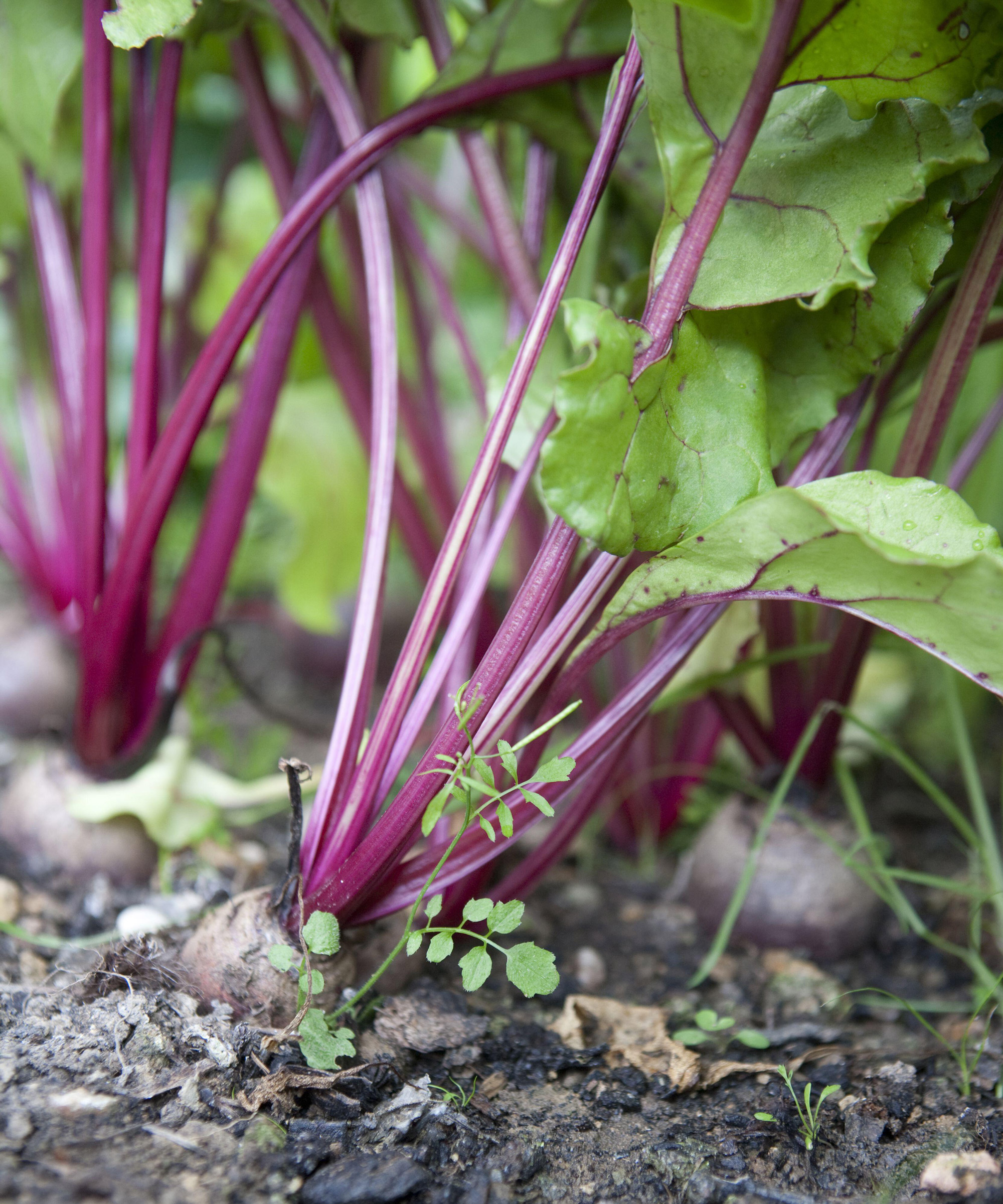
They may look relatively innocuous but weeds need removing quickly or they will smother crops
7. Growing beets with the wrong plants
It might not seem one of the most obvious beetroot growing mistakes you can make, but you should give serious thought to the best – and worst – plants to grow alongside your beets. You might have heard beets and chard are part of the same family (Beta vulgaris) and so believe they are ok grown in tandem. But far from being harmonious companion planting options, you’ll be compromising the health and yield of both by placing them too close together, as they wind up competing for nutrients. They will also increase the chance of infestation by the same pests.
Other plants to avoid growing alongside beats include field mustard and pole beans. Although many beans work well with beetroot, pole beans create an environment with too much nitrogen, which can lead to beets that are excessively leafy or stumpy at the root level.
You are better off growing different types of onions, chives, leeks and garlic nearby, as their pungent nature is a good way of deterring pests like flea beetles. Beets are great for kale companion planting and work well with other brassicas as they contain iron and manganese which help brassicas to flourish. If you grow mint nearby you will also be helping to keep beet pests at bay.

Avoid growing beetroot with chard and embrace variety with alliums, mint, brassicas and marigolds
8. Ignoring beet pests and diseases
Beetroot isn’t as likely to fall foul of pests and diseases as other veggies – but ignore the risks at your peril. As Amateur Gardening’s organic expert Bob Flowerdew points out, one of the most likely pests will strike early after germination, unless you protect tender seedlings. ‘Birds love the small leaves and razor these off,’ says Bob. Cover beets with polytunnels, cloches and cold frames. You can make your own cloches out of plastic bottles with the bases cut off. These can be taken off once crops are established. ‘You can also keep birds off beets with chicken netting or homemade bird-scarers such as dangling CDs,’ says Bob. Don’t forget to specifically grow plants for birds to give beets a better chance of success.
Other pests include flea beetles, cutworms and aphids. In all cases, swift action can save your crops. Stay vigilant for some of the classic signs of infestation: discoloration, leaf drop, spots and the bugs and grubs. ‘There are lots of organic controls you can try, including simple home remedies using essential oils,’ says Nikhil Arora. You can get rid of aphids with diluted neem oil or a soap solution, applied repeatedly. Try planting beets near plants that deter pests (alliums help keep flea beetles at bay). Plus, encouraging beneficial predators like lacewings and ladybugs can control and reduce pest numbers.
Diseases like mosaic virus, Cercospera leaf spot and downy mildew can be fatal to beets, so watch out for spotting, rings or fluffy growth. If you suspect disease, remove infected plants so they don’t affect others. ‘Beets are sensitive to Boron-deficiency, which can cause black spots and black root rot,’ says Florence. Good spacing and airflow reduce the risk of persistent issues and ensure better beets. Also, try disease-resistant varieties such as ‘Boro’ and ‘Avalanche’ (for reducing the risk of Cercospera leaf spot) and ‘Merlin’ (to reduce the risk of downy mildew).
For the best chance of success, opt for a disease-resistant variety of beetroot such as ‘Avalanche’ from Burpee.
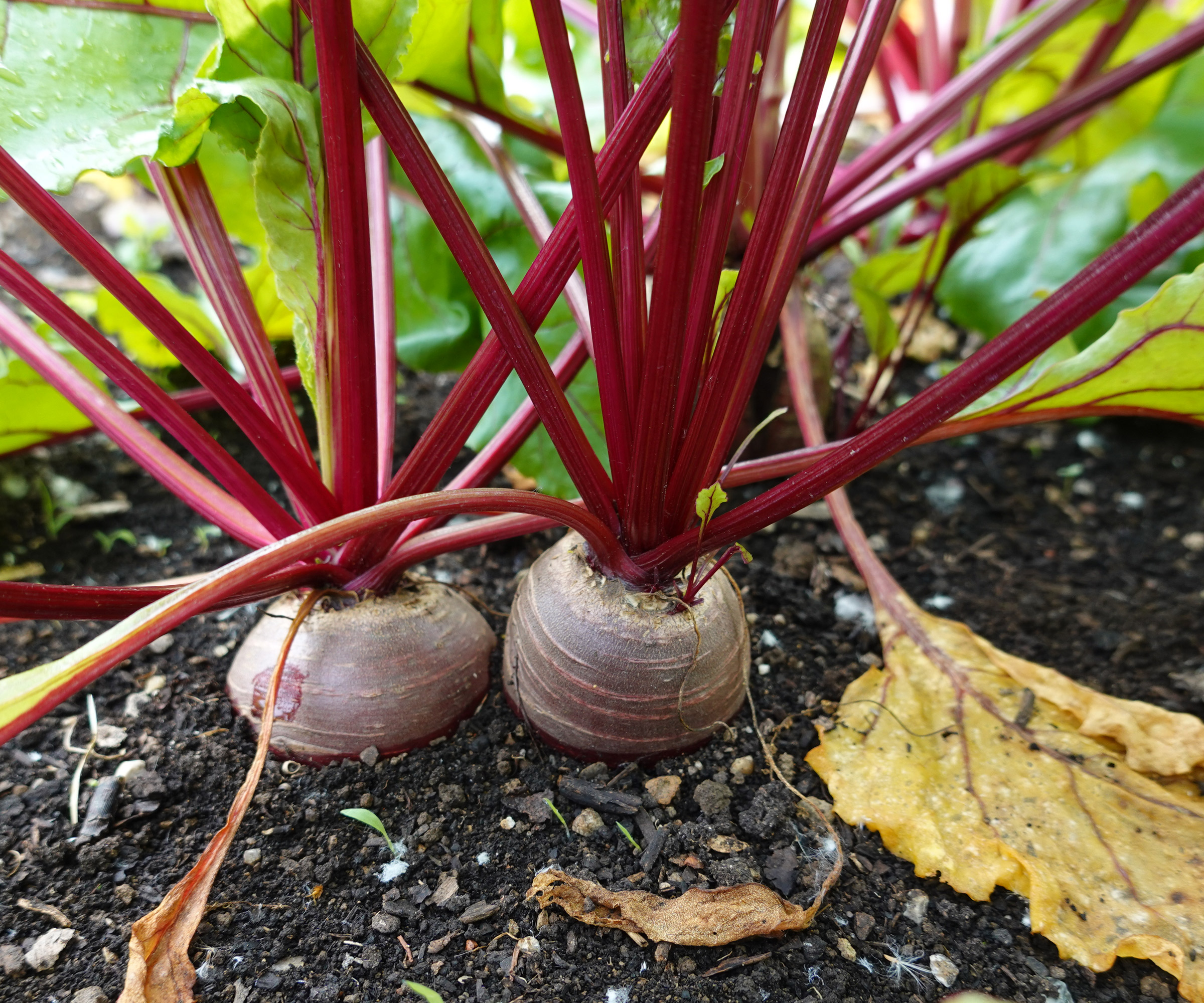
Be on the lookout for discoloration and remove any old or rotten leaves to reduce risk of infection
9. Incorrectly harvesting beets
Lifting beets incorrectly, too early or too late can lay waste to weeks of eager anticipation. Knowing when to harvest beets is partly to do with variety, partly about weather, soil conditions and moisture patterns, and also to do with whether you want baby taps or mature roots. As a general rule, beets are approaching maturity 60-80 days after germination. You can harvest tender greens four weeks after sowing, but for roots two months is a useful marker.
Expert Ruth Hayes recommends harvesting every alternate beet when it is the size of a golf ball, leaving the rest to grow. ‘Don’t let them get too large, or they will taste tough and bitter,’ she says. Foliage can indicate harvest health. Wide, bright green leaves means beets are harvest-friendly; brittle yellow leaves warn of bitter, woody roots. To harvest correctly, gather the base of the stems, twist and gently pull, or loosen the soil around the plant with a garden fork and lift. Roots with diameters 1.5-3in wide are optimal for lifting. The greens can be harvested like chard, spinach or other leafy salad crops. ‘Harvest the larger outer leaves, leaving the small centre growth, to continually harvest all season,’ says Rebecca Boyar.
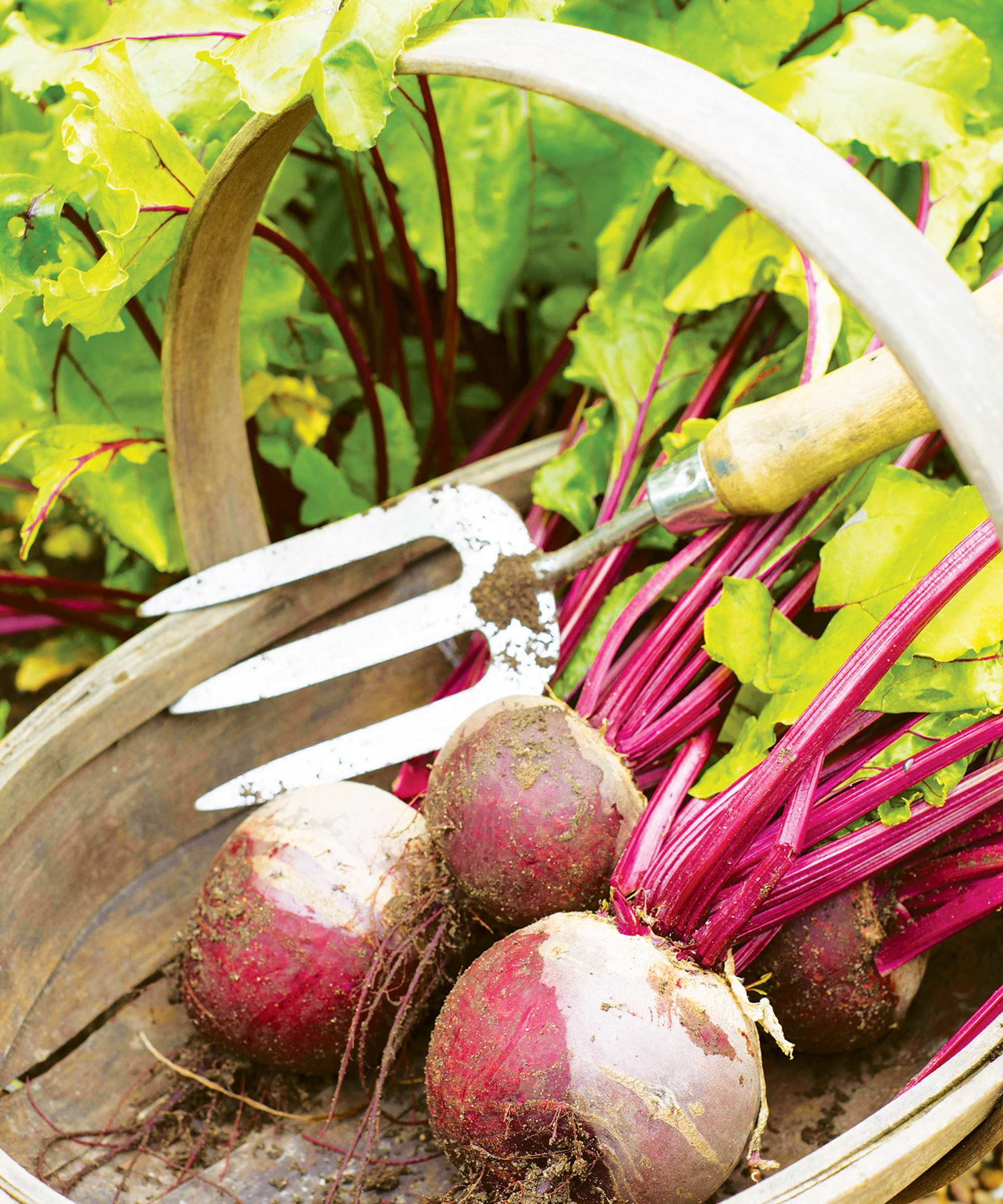
Sow beets like ‘Pablo’ every few weeks, with a large final sowing in July, for harvests up to October
FAQs
Why are my beets growing so slowly?
Beets are considered fairly quick growing compared to brassicas like cabbage and cauliflower, squash or sweetcorn. However, if you aren’t seeing seedlings developing into more mature plants and swollen roots within eight-ten weeks, there may be a problem with the site or the soil. You should test the ph of soil to find out if it is acidic, alkaline or neutral. Keep the soil at 6.5-7.5 to ensure you are growing better beets. If your soil is too acidic (below 5), you can add some lime. If your soil is too alkaline (above 8), you can add sulfur chips.
You might also be dealing with beetroots that are struggling with ground temperatures. Hopefully if you aren’t planting too early or if you have prewarmed the planting site, this shouldn’t be a problem. But beets will struggle if soil temperatures are under 45˚F. Conversely, they can struggle if temperatures exceed 80˚F. Irregular or insufficient watering can also slow down growth, so make sure your roots get a steady supply of fluids.
Although it might feel like one more of our beetroot growing mistakes, if you notice that your beets have pushed out of the ground as they develop it can actually be a perfectly normal part of the growing process. In fact, this movement is often a sign of healthy beets getting ready to harvest!
Sign up to the Homes & Gardens newsletter
Design expertise in your inbox – from inspiring decorating ideas and beautiful celebrity homes to practical gardening advice and shopping round-ups.

As assistant editor of Amateur Gardening magazine, Janey's gardening passion was fostered from an early age, when her amazing mum had her deadheading hydrangeas, mulching roses, and propagating strawberry plants from runners for school open days. She's also taken part in lots of conservation and rewilding projects for the RHS and TCV as a way of exploring her horticultural horizons.
-
 How to clean a patio – 6 different methods, and when you must use a chemical cleaning agent
How to clean a patio – 6 different methods, and when you must use a chemical cleaning agentFrom manual scrubbing, natural solutions or calling in the pros, industry experts reveal the benefits and considerations of each method
By Andy van Terheyden Published
-
 Kris Jenner's favorite air fryer, the Ninja Crispi, is the perfect small kitchen solution – it deserves a place on the most compact of countertops
Kris Jenner's favorite air fryer, the Ninja Crispi, is the perfect small kitchen solution – it deserves a place on the most compact of countertopsKris approves of this compact yet powerful air fryer, and so do our own kitchen appliance experts, praising it for its multifunctionality
By Hannah Ziegler Published